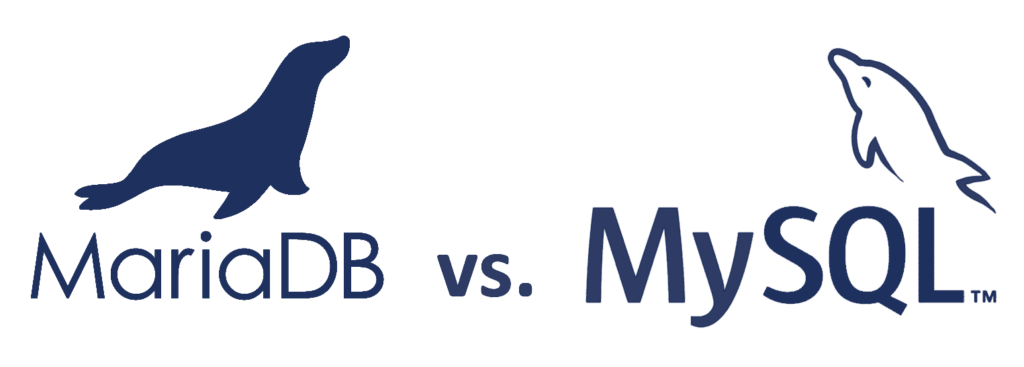
Which is better MariaDB or Mysql
Both MariaDB and MySQL are popular open-source relational database management systems (RDBMS) that are widely used for web applications and other software projects. However, there are some key differences between the two that may make one a better choice for a specific use case.
MySQL is one of the most popular RDBMS in the world, and it has been around for over two decades. It is known for its reliability, stability, and feature-richness, and it is widely used in production environments. MySQL is also fully supported by Oracle, which provides commercial support and enterprise-grade features.
MariaDB, on the other hand, is a fork of MySQL created by the original developers of MySQL. It was created in response to Oracle’s acquisition of MySQL and is designed to be fully compatible with MySQL. MariaDB includes some additional features and improvements that are not found in MySQL.
Here are some of the key differences between the two:
- MariaDB includes a number of additional storage engines, including the Aria storage engine, which is designed for use with memory tables and provides improved performance for certain types of queries.
- MariaDB also includes additional performance enhancements such as a parallel replication feature.
- MariaDB has a more active open-source community and releases new versions more frequently than MySQL.
- MariaDB also includes additional security features such as the Data-at-Rest Encryption feature that can encrypt data stored on disk.
Ultimately, the choice between MariaDB and MySQL will depend on your specific requirements and use case. If you need the most stable and reliable database management system, MySQL is the best choice. If you need additional features and performance enhancements, then MariaDB is a better choice. It’s also important to consider the support options and resources available for each.

